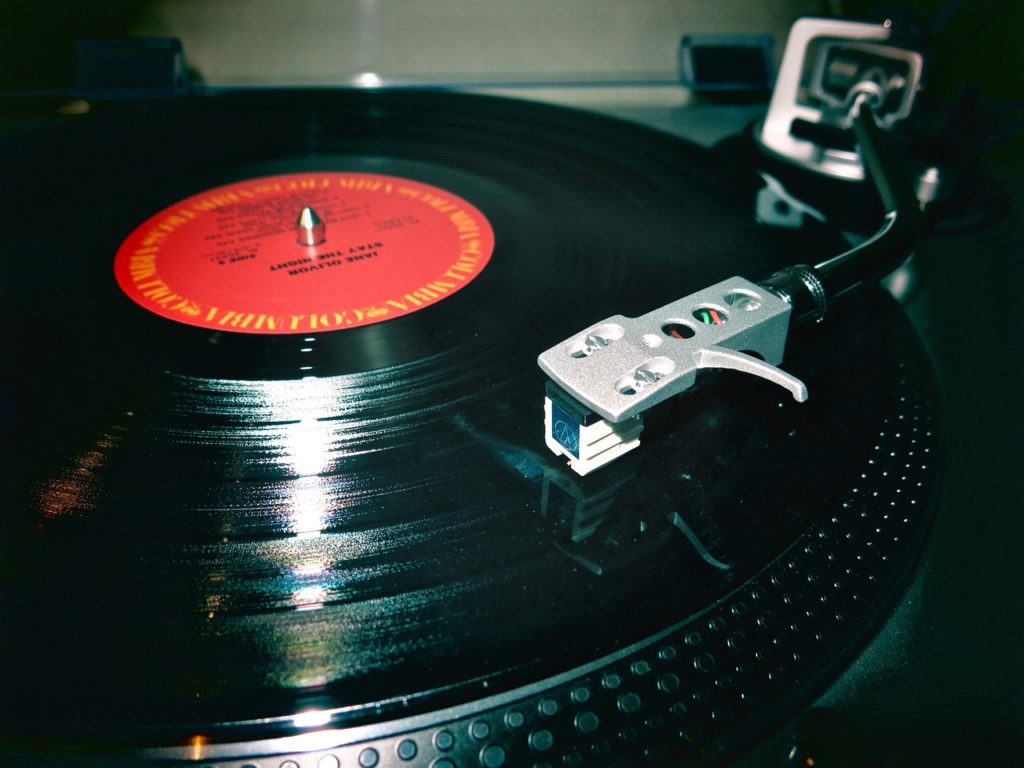Estimated reading time 4 minutes
Table of Contents
Introduction
Do people have a hard time figuring out what your song is about? Do your lyrics lack direction? Read The Plot Thickens: Focusing Your Songwriting Story Ideas to learn how to keep your lyrics from wandering.
Years ago, I had a chat with a Boston Songwriters Workshop (BSW) member. He had just written a song and run it past a few people. The general reaction: the song had some good images, but it didn’t hold together. They kept asking him what the song was about. He’d written it without a plot.
This article uses literary and musical terms. For definitions, see the Glossary at the end of the post.

The Plot Thickens: Focusing Your Songwriting Story Ideas with the Five Ws
If you write a song without a plot, you take the risk of having your lyrics ramble. We’ve all done it at one time or another. When you run into this problem try focusing your lyrics by asking the five Ws: Who, What, When, Where, and Why. It’s as simple as that.
In The Plot Thickens: Focusing Your Songwriting Story Ideas we’ll discuss using the five Ws to brainstorm ideas to help tighten your plot. They are:
- Who? Find out who the people in your story are.
- What? Think about what the characters do? What’s the action?
- When? Work out the minute, hour, am/pm, day of the week, month, season, year, and date. All these details can be used to fill out the imagery of your song. Even if they don’t make it into the final edit, I suggest you still have them set in your mind.
- Where? The setting. The place where the action happens.
- Why? Why do the characters do what they do? What’s their motivation? What makes them tick?
Reporters use the five Ws, because it helps takes the facts and give them a meaningful shape and order. Asking yourself these same questions can likewise help you mold your ideas, factual or fictional, into a clear story.
The Plot Thickens: Focusing Your Songwriting Story Ideas – Practical Examples
Now we get to my favorite part of The Plot Thickens: Focusing Your Songwriting Story Ideas. Here I’ll show you how it works in practice.
Spectrum Writing Grade 3 has this tip for organizing ideas. “… a cluster map is another good way to collect and organize ideas before you start writing” (25). We’ll use the cluster map to sort out the song’s details.
Let’s say that our lyrical subject revolves around a Saturday date. The subject should end up being your title, which you place at the beginning or end of the chorus. Then, we can use the five Ws to fill out the details of the couple’s get-together, and group the details on the “map” below.
- When: 6:00 – 9:00 am, Saturday, September 4th, 2021 (present time)
- Who: Meet our hero Jake, who has gotten up early to get his run out of the way. He has a special Saturday planned.
- What: After his run, he drives to meet Emily. As he listens to the radio, all he hears are love songs.
- Where: He arrives at the coffee shop on Long Island just outside the city. It makes a good halfway point between Jake and Emily’s places.
- Why: Jake has a special feeling about this girl and wants to see where it goes. Also, he likes a good mocha latte.
I chose a generic subject. However, it gives you an idea of how to brainstorm and organize your ideas. Come up with as many as you can. I’d rather have too many ideas than too few.
Using pictures can help with the brainstorming process. You will not use all your ideas. However, having a lot of ideas gives you more options for shaping your plot.
When

Who

What

Where

Why

Conclusion to "The Plot Thickens: Focusing Your Songwriting Story Ideas"
I have shown you how to gets the ideas flowing in The Plot Thickens: Focusing Your Songwriting Story Ideas. As you can see, putting in the extra work can add detail and depth to your songs.
Having said that, I’ll leave you with a bit of advice (paraphrased from his talk at a BSW special event) from Ralph Murphy. Songwriter’s often go with the first image, rhyme, or plot, but that’s just lazy writing. Your first idea may not be the best direction for your song.
How do you push your creativity? Use a rhyming dictionary and a thesaurus to make better rhyme and word selections. Use slant rhymes.
Create five stories and pick the most unusual option. Songwriting doesn’t rely just on inspiration. You build it on the solid foundation of your craftsmanship.
© 2021 Geoffrey Keith
Join me for in-person or online lessons today!
Glossary
Explore Beethoven’s Beautiful Music in Less Than Four Minutes
Would you like to know more about Beethoven’s music but are a busy person? Ludwig van Beethoven is a titanic figure in classical music. Along with Bach and Mozart, Beethoven is one of the composers you’re really going to want to check out. Keep reading to explore Beethoven’s beautiful music in less than four minutes. Estimated reading time 3 minutes.
Read MoreHow to Micro Tune the Keyboard to Make the Chords Sound Awesome
Does it ever bother you that the piano chords sound out of tune? The guitar is not the only instrument that can be retuned. Retuning the keys to Supplemented Equal Temperament (SET) yields chords that sound better than equal temperament - the standard piano tuning. In SET, the triads sound incredible. Learn how to micro tune the keyboard using SET for awesome chords! Estimated reading time 4 minutes.
Read MoreMusical Talent and Giftedness
Music teachers: do you have students who show musical talent and giftedness? Do you need some information on how they learn? With musically gifted and talented students, just like any other students, you need to meet them where they’re at, making the adjustments in their playing based on what you see. That way, they can become better students than before they came to you. Keep reading to learn more about musical talent and giftedness. Estimated reading time 4 minutes.
Read MoreAn Easy How to Guide for Singing Diphthongs in English
Do you need help singing diphthongs? Do you need to know what the word diphthong even means? This term makes it sound as if you’re insulting someone, but it actually describes a very important class of vowel sounds. Keep reading “An Easy How to Guide for Singing Diphthongs in English” to learn what it is and how it works. Estimated reading time 2 minutes.
Read More




